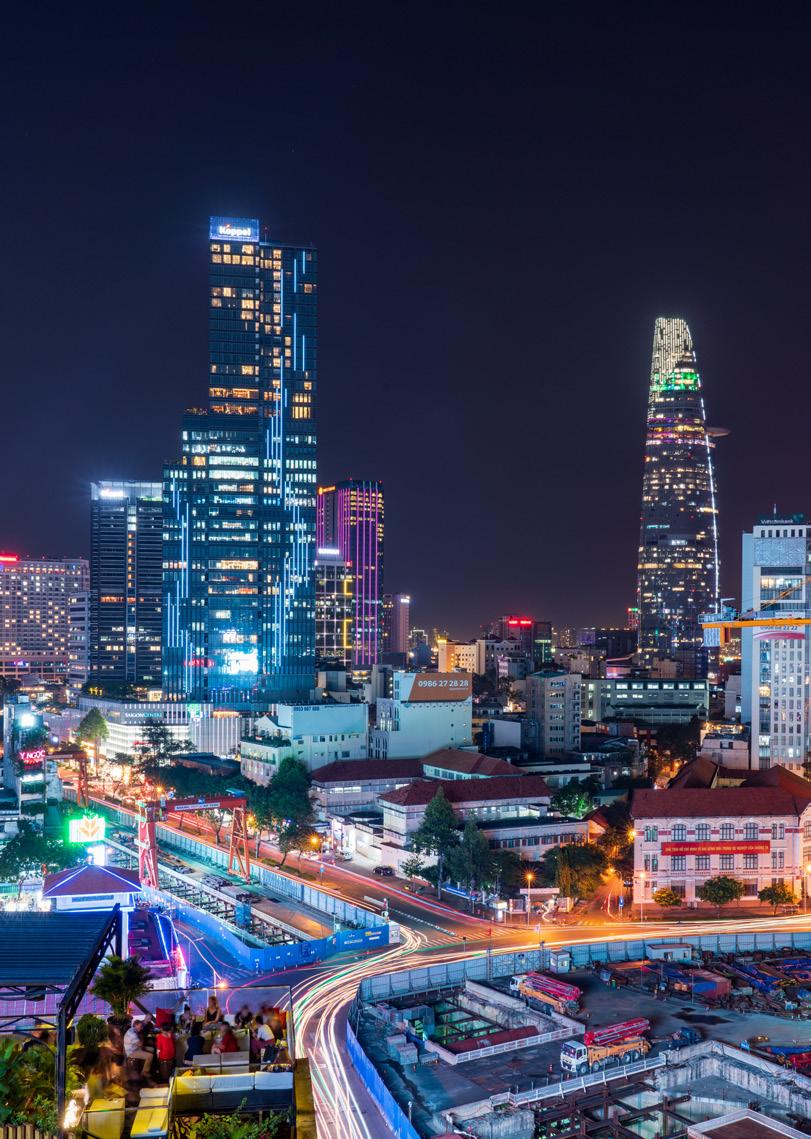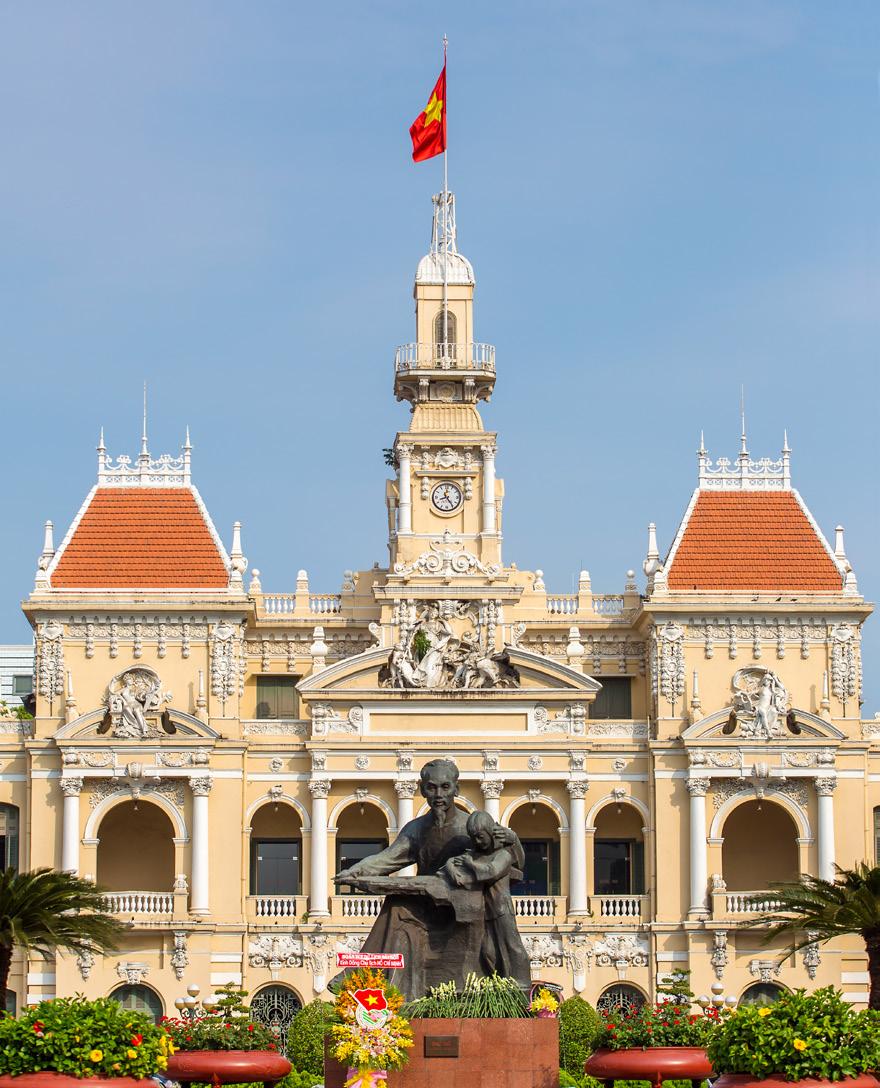
2 minute read
I. Viet Nam at the Glance
1. Country snapshot
Located in Southeast Asia, Viet Nam’s coastline is traversed by important marine routes from Europe and the Indian Ocean to Northeast Asia. Indeed, Viet Nam provides access to the world's key commercial routes with various advantages.
Advertisement
Viet Nam is currently among the most dynamic emerging nations in Southeast East Asia. This expansion is fueled by investments, robust domestic consumption, a burgeoning middle class, and export-focused industry. The transition from a centrally planned economy to a market economy has transformed Viet Nam from one of the world's lowest to a lower middle-income nation.
Land size 331,317.13 km2
Population 99,066,469
Average GDP Growth (2016-2021) 5.58%
GDP per capita (2021) 11.553 USD
Average inflation (2021) 1.83%
Minimum wage (2021) 4,420,000 VND
Political stability ranking (2020) 41.81/100
Source: Ministry of Natural Resources and Environment, The World bank, Trading Economics.
Viet Nam's economy remained resilient despite the COVID-19 epidemic. It is projected that the high COVID-19 immunization rate in Viet Nam, the switch to a more flexible pandemic containment policy, the expansion of commerce, and the Government of Viet Nam's economic recovery and development plans will permit a GDP growth rebound of 27.5% in 2022 and 6.7%3 in 2023.
Digital technology is expected to be the new driver for the country's economy in the coming decade, and its contribution is projected to reach 20% 4 of Viet Nam's GDP in 2025.

Economic milestones of Viet Nam
The "Doi Moi" (Renewal) policy, which was started at the sixth National Party Congress in 1986, has helped Viet Nam make great, all-around, and historic progress, with a high rate of economic growth, better living conditions for the people, a stable social and political situation, more relationships with other countries, and a higher reputation around the world.
Viet Nam has progressively integrated its economy with that of other nations as part of its ongoing process of transformation. As a result of a regional economic agreement, Viet Nam will soon reap a plethora of economic benefits, including an anticipated increase in foreign direct investment from the accord's member states.
The RCEP is a mega-trade agreement that was signed by ten ASEAN members and five partner nations — Japan, the Republic of Korea, China, Australia, and New Zealand – and went into force on January 1, 2022. The RCEP would help Viet Nam to attract more foreign direct investment (FDI) from its top 10 foreign investors, including the Republic of Korea, Singapore, Japan, China, Thailand and Malaysia. Up to now, Viet Nam is member of 15 FTAs, including AFTA, ACFTA, AKFTA, AJCEP, VJEPA, AIFTA, AANZFTA, VCFTA, VKFTA, VN –EAEU FTA, CPTPP, AHKFTA, EVFTA, UKVFTA, and RCEP.

2. Strategic location
Viet Nam has 3,260 kilometers of coastline close to numerous international shipping routes, making it an ideal site for maritime commerce. Viet Nam's advantageous location near regional maritime lines and its position in Asia provide businesses entering the country with access to global transport channels.
Roads continue to be the main transport mode in Viet Nam. The government expects to build a 29,795-km highway network and 5,000-km expressways by 20305
Geographic location and natural characteristics support investment in Viet Nam for agriculture, forestry and fisheries enterprises, which employ over 28%6 of workforce. The country is becoming a popular manufacturing and services location. This change has increased Viet Nam's consumption and wealth creation, which attracts investors to the country.
Rich natural resources have underpinned Viet Nam's steady ascent, and the management of its natural capital will play a crucial role in directing its future growth. A renewed emphasis on the environment and climate change is crucial to Viet Nam's ability to sustain robust economic growth and employment creation. Building resilience in environmentally sensitive areas such as the Mekong Delta and Ho Chi Minh City will ensure the achievement of long-term development objectives.








